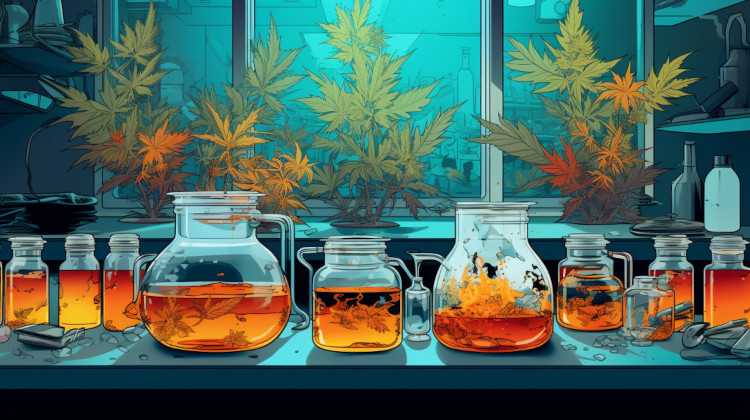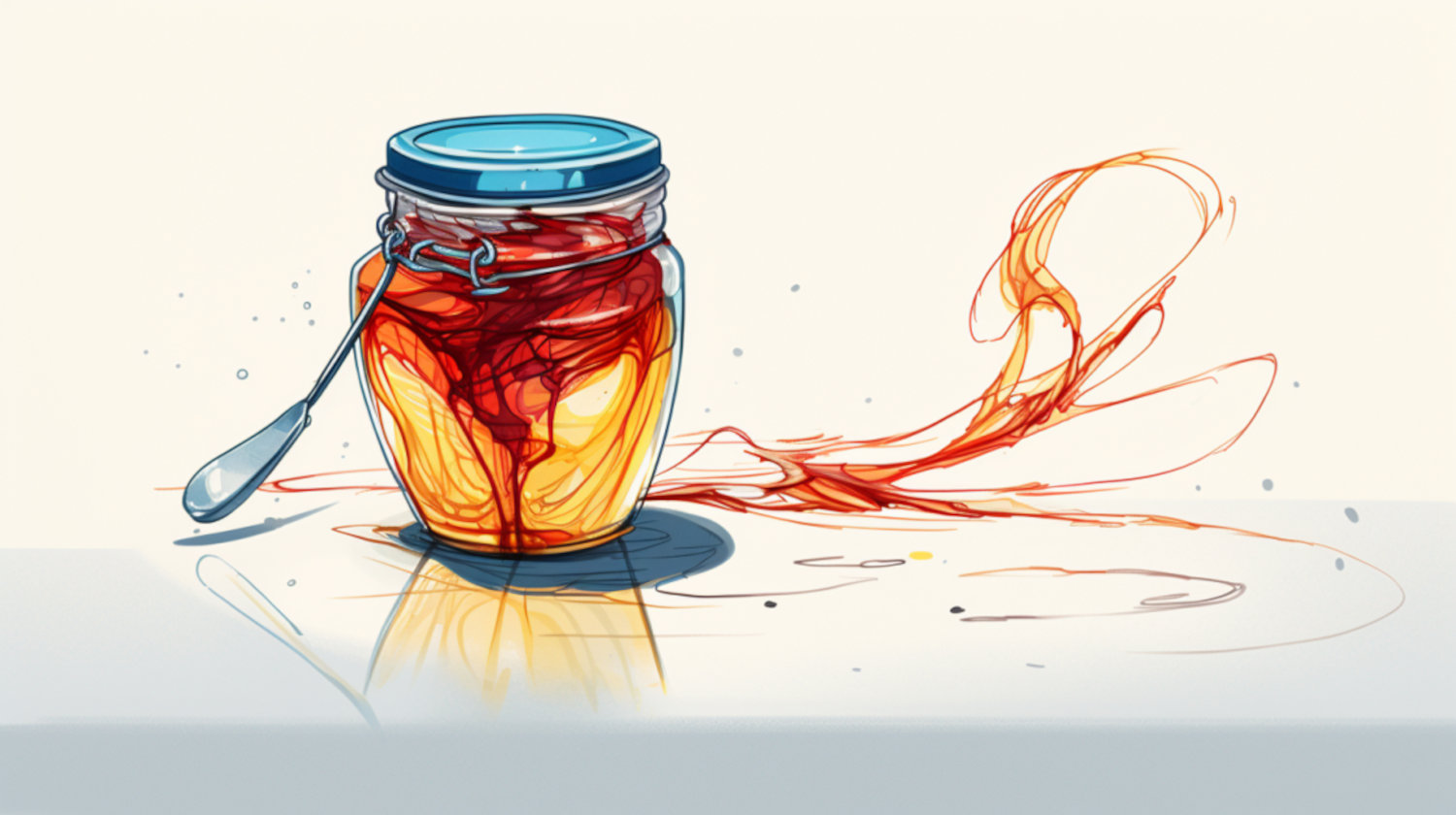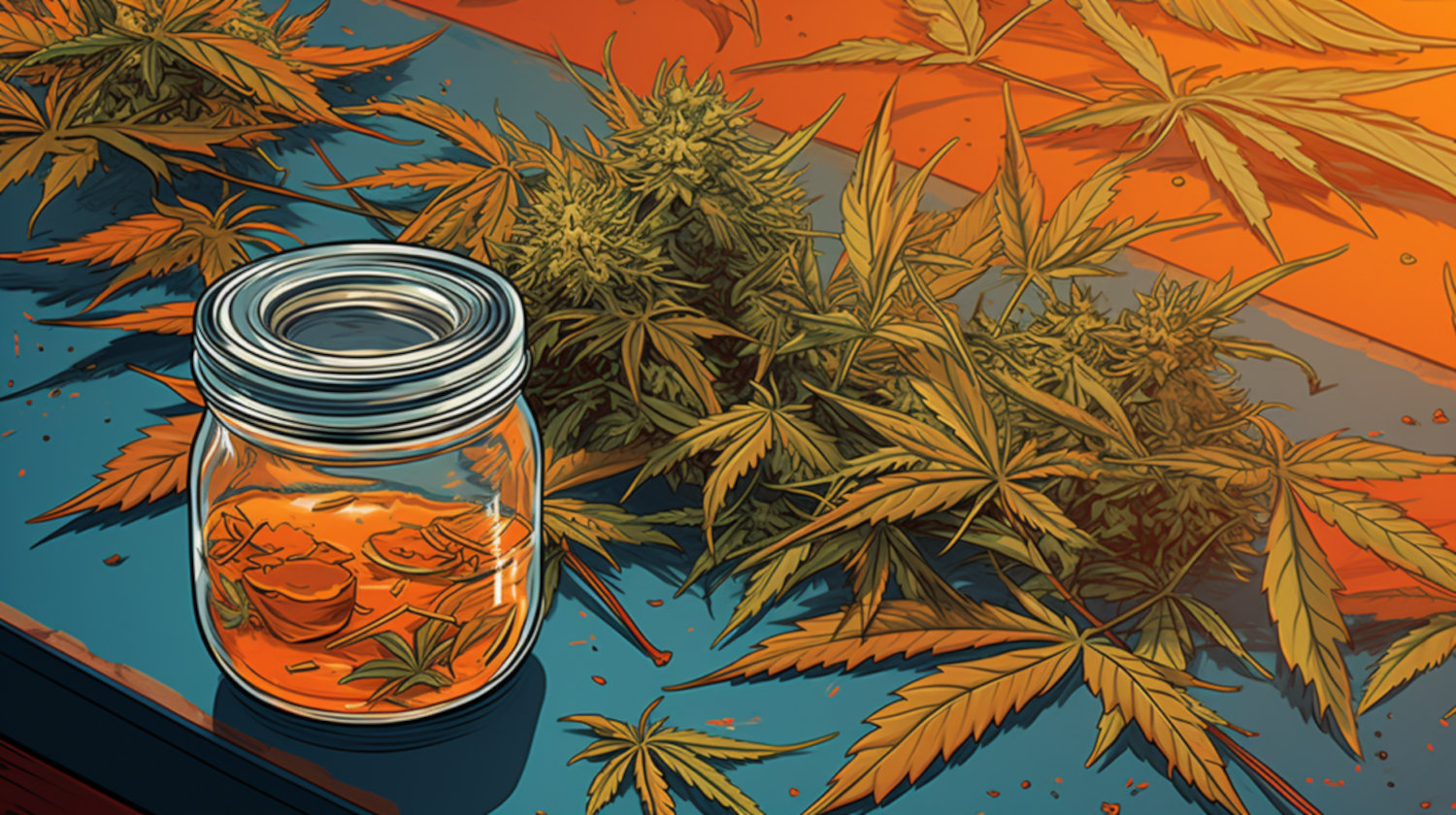Cannabis extracts have enjoyed immense popularity for decades, and more recently, legalization has opened doors for a broader range of consumers to explore the world of concentrates. Today, there are more options than ever before, with new extraction techniques and a focus on different plant compounds, like terpenes and lesser-known cannabinoids.
Many people love cannabis extracts for their high potency and versatility, with the ability to be integrated into several other popular products. One thing that extracts often don't consistently deliver is flavor and aroma. This is the result of various extraction methods and the quality of input material. Depending on the extraction process and desired outcome, processors can use anything from shake to fresh frozen whole buds to make cannabis extracts. Some methods, like distillation and isolation, use a process that separates cannabinoids and terpenes, leaving a single compound, like delta-9 THC or CBD, in the final extract.
While some producers add synthetic terpenes to replace or enhance flavors and aromas, nothing beats the real thing. With consumers clamoring for extracts' staggering effects and versatility without sacrificing the plant's original flavors and aromas, only some extracts have reached or cleared that bar. One of the increasingly popular options doing just that is terp sauce.
What is Terp Sauce?
Terp sauce, sometimes referred to as terpene sauce, is a cannabis extract that breaks the mold a bit by offering up a more robust flavor and aroma profile. Similar to live resin, producers use an extraction method that helps maintain the concentrate's original terpene profile, helping deliver flavor and aroma while also the effects, ranging from sedation and calming to pain relief and mood lifting.
Some of the more prominent terpenes found in cannabis and terp sauce include;
You may be inclined to call this extract THC sauce since it's known for such high potency. But that is only partially accurate. Terp sauce predominantly contains a blend of terpenes and cannabinoids – apart from THC. Usually, it does contain THCA, a precursor to the well-known and intoxicating THC. But in some cases, terp sauce can contain other cannabinoids, typically through mixing the sauce with a cannabinoid isolate. Additionally, producers can alter these extract blends through various types of extraction methods and solvents like CO2 and hydrocarbons.
Terp sauce often looks like a pool of yellow or golden liquid. Unlike some concentrates, terp sauce doesn't have a stable consistency. Sticky to the touch, its texture can also vary depending on what has been added to the mix. As such, your terp sauce may sometimes feel a bit gritty, smooth, or chunky.
Terpene sauce has gained a solid reputation among connoisseurs and dabbers thanks to its ability to deliver a high potency and a natural, flavorful, aromatic experience. When mixed with other popular extracts like THC diamonds, terp sauce only gains potency, which is almost always a crowd-pleaser.
Effects of Terp Sauce

Terp sauce typically delivers an amplified high. Much of the effects are going to feel similar to other THC consumption methods. But, with cannabis sauce, the results will likely feel more intense and possibly last longer. The increased effects are primarily due to the sauce's increased potency. In most cases, a typical blend of cannabis sauce will contain about 60% cannabinoids and a terpene concentration in the high teens.
That highly potent oil is going to deliver a doozy of an effect on most people most of the time. Individuals may experience relaxation and euphoria, but at high doses, this oil can also cause some individuals to feel anxious or paranoid.
Keep in mind that the impact will undoubtedly be felt almost immediately as terp sauce is usually always used in dabbing, which is often considered one of the most intense methods of consuming cannabis extracts or anything plant-related for that matter. The effects of dabbing extracts like terp sauce can last anywhere from two to four hours.
How to Smoke Terp Sauce
Terp sauce is best consumed in a dab. You can enjoy a terp sauce dab in several ways, including the classic rig, where a heated quartz banger or electronic nail is needed to vaporize your sauce. Or, you could use a smaller handheld dab pen, dipper, or straw-type device. With the latter option, consumers have a battery-operated device where all you need to do is touch the heated coil to the top layer of your sauce. There's no need to plunge the pen deep into the sauce.
Not a fan of dabbing? If so, your best bet is to turn to a terp sauce cart that you can enjoy using any standard cartridge-battery vaping device combo.
How is Terp Sauce Made?

Producers can make terpene sauce using a variety of methods with varying solvents. No matter the process or chemicals used, the terpenes are stripped from the plant's cannabinoids and other compounds to form a liquid concentrate, a.k.a. the sauce.
A producer may decide to use a specific extraction method depending on the final product they want. For example, when making diamonds and sauce, a producer may start by converting their flower into butane hash oil (BHO). The oil is then aged until it begins to form THCA crystals and leaves behind a terp sauce.
Producers using this method will typically follow a process that goes as follows:
- Make your BHO, preferably using flash-frozen, freshly harvested plant material, just as you would when making live resin.
- Purge the BHO of any lingering solvents.
- Pour the BHO into a mason jar and place it in a room with temperatures slightly above average.
- During this time, the extract will begin to crystallize, and the cannabinoids and terpenes begin to separate. The extract is then left for 2 to 3 weeks, allowing pressure to build in the jar, furthering the process.
- After a few weeks in the jar, the crystals should sink to the bottom, leaving the terpene sauce at the top.
- Separate and purge the contents (72-hour purge for the diamonds, 60 for the sauce).
- Once purging is complete, mix the diamonds and sauce using a UV-proof container for storage. Keep in a cool, dark place until ready for use.
It's essential to note that the production of terp sauce involves highly volatile solvents, which should only be handled in a professional lab setting. Attempting this process elsewhere poses significant risks, including the potential for fires, explosions, grave injury, and death.
Terp Sauce vs. Live Resin
It's easy to confuse terp sauce and live resin. Both are some of the best concentrates in the game today, likely because they both employ the same harvesting storage methods. Rather than harvesting and using standard drying and curing methods, cultivators immediately place freshly harvested flowers into freeze dryers until they are ready for extraction. This method helps maintain the plant's profile as best as possible, avoiding any compound loss along the way. In doing so, each has demonstrated an ability to maintain its cannabinoids and terpenes.
But terp sauce requires the separation of cannabinoids and terpenes through an extra step in the process, whereas live resin keeps the plant profile intact. However, thanks to its ability to be mixed with various other extracts, terp sauce can be used in other products containing an array of popular cannabinoids, boosting its overall potency in the process.
On a lesser but still important note, their textures may also differ, with terp sauce being more of a thick liquid. However, like terp sauce, live resin can have high levels of terpenes, resulting in a similar consistency.
The information in this article and any included images or charts are for educational purposes only. This information is neither a substitute for, nor does it replace, professional legal advice or medical advice, diagnosis, or treatment. If you have any concerns or questions about laws, regulations, or your health, you should always consult with an attorney, physician or other licensed professional.




